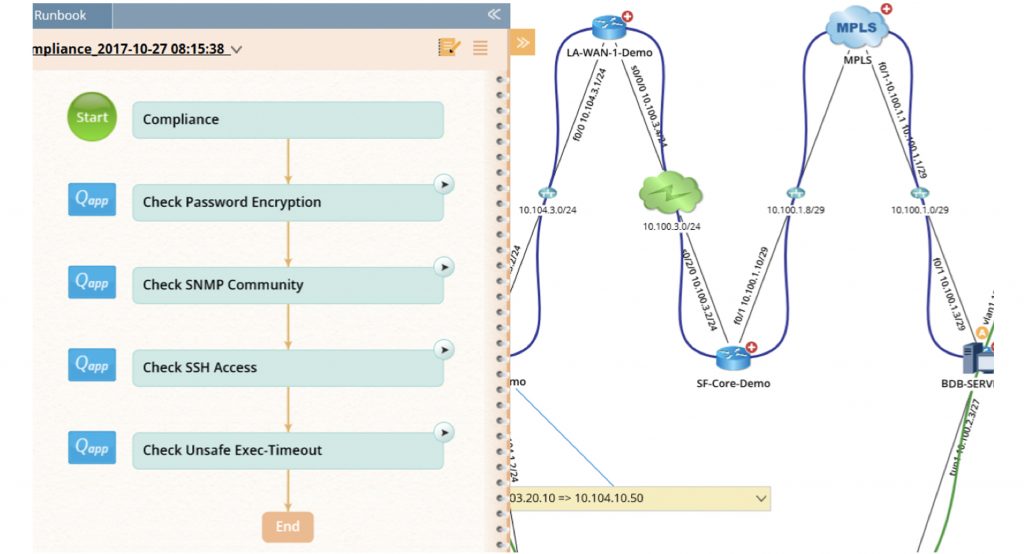 by Barbara.Froemmel Apr 10, 2018
by Barbara.Froemmel Apr 10, 2018
A butterfly flaps its wings and two weeks later there is a hurricane. Yes, that is an over-simplified example of a complex model dealing with chaos theory, but the butterfly effect is a great parallel to those seemingly small network changes that have the ability to take down an entire system and upset the lives of a network team.
Now, we aren’t talking about data center migrations or other major network architecture changes. We are focused on seemingly routine changes that have the potential to create big problems without proper change management. For example, you’re swapping out switches one night and suddenly the whole campus is offline. Now everyone has to figure out what went wrong before the start of business the next morning. Turns out, someone plugged in a switch with a higher VTP revision number than everything else and wiped the entire network’s VLAN configuration.
Networks can do amazing things – processing enormous amounts of data, but they are also, in many ways, fragile.
Swapping out switches (the butterfly wings) should not be a big deal, but a simple slip-up can take down the entire network (the hurricane). It might take hours of manual work to get the VLANs back onto the core switch and repair the damage — going from switch to switch and pasting VLANs into them, until you’re sure you’ve covered every device.
For network engineers, the key to preventing these disastrous outcomes is the use of automated tools to support more efficient and verifiable change management. It all starts with the following process:

With NetBrain’s change management approach, powered by its map-driven automation platform, network engineers can quickly visualize any change’s impact to a network’s topography, validate the impact with before-and-after snapshots, and deploy the change across all devices without having to write complex scripts. After a change, instead of manually updating network diagrams (which can take more than a week for each change), the system automatically updates your network documentation.
 More than half of network outages are due to some improperly executed change. Proactively guard against misconfiguration by triggering an automatic validation of network changes against “golden” design and compliance requirements.
More than half of network outages are due to some improperly executed change. Proactively guard against misconfiguration by triggering an automatic validation of network changes against “golden” design and compliance requirements.
Perhaps most significantly for network engineers, this level of automation and verification adds confidence to the network change process. While there is always inherent risk — up to 50 percent of outages can be traced back to a change — with a rollback feature built in, changes that have an adverse effect can be mitigated immediately.
Network engineers shouldn’t have to think twice about making changes. Part of building and maintaining an effective network is using their expertise to continuously improve the network. With the freedom and technological support to execute changes with confidence, engineers can have a greater strategic impact on their organizations — and save themselves some headaches.
 More than half of network outages are due to some improperly executed change. Proactively guard against misconfiguration by triggering an automatic validation of network changes against “golden” design and compliance requirements.
More than half of network outages are due to some improperly executed change. Proactively guard against misconfiguration by triggering an automatic validation of network changes against “golden” design and compliance requirements.